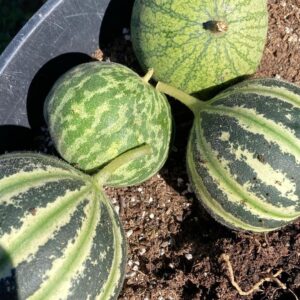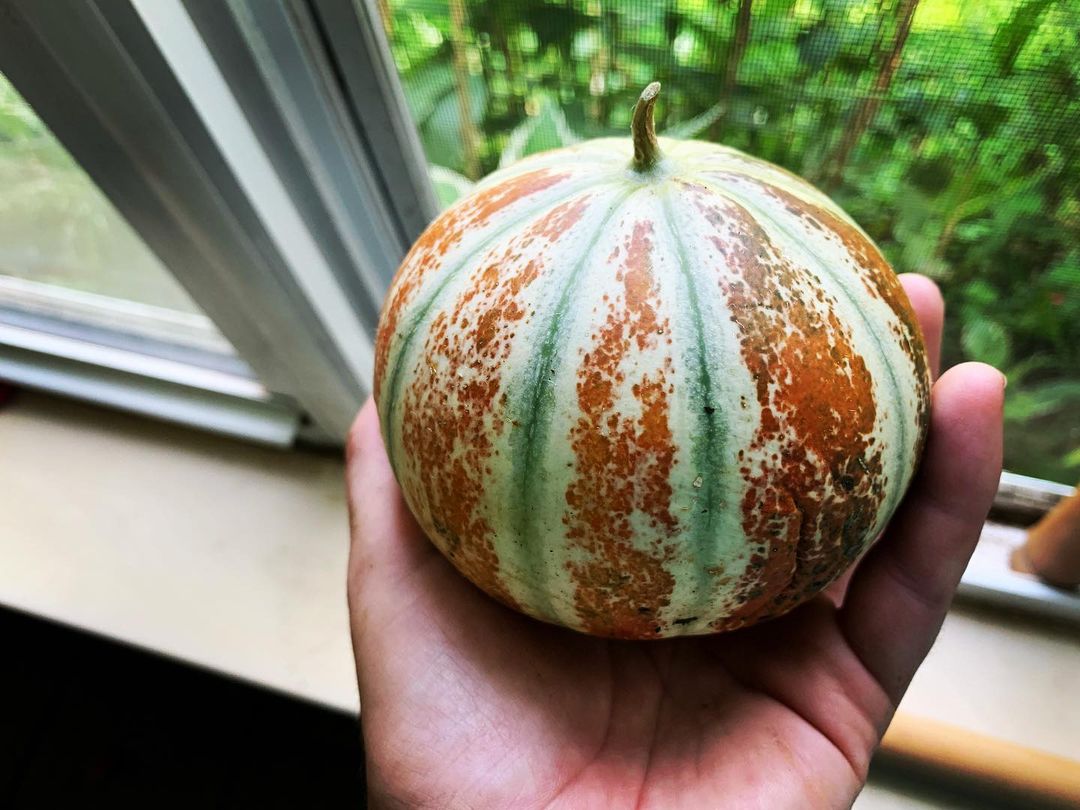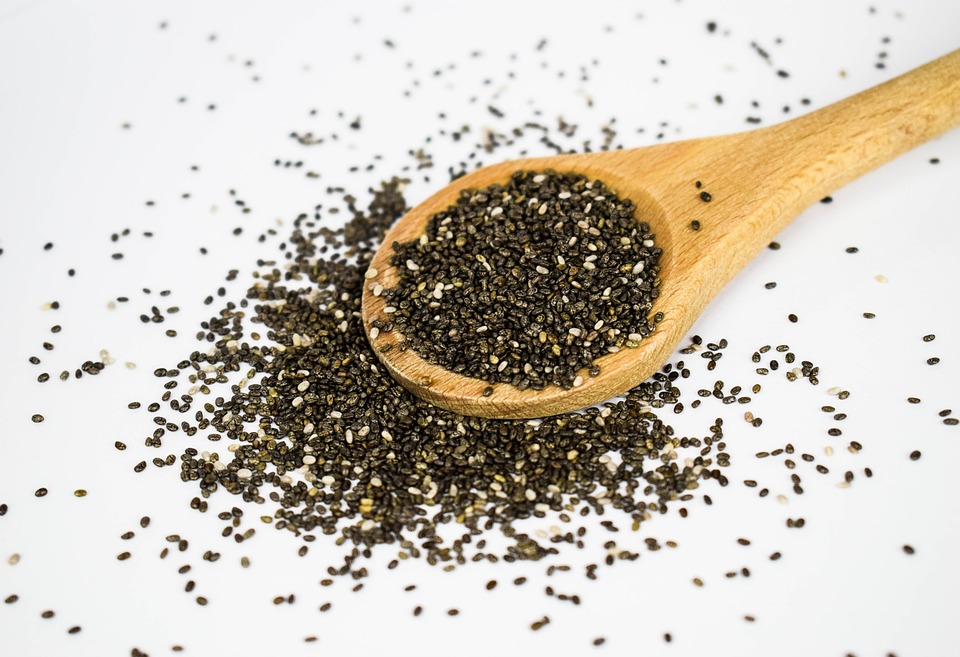Get detailed information about Kajari Melon Care in Pots and Garden with our expert tips to ensure a bountiful harvest.
Kajari melons are a popular fruit known for their sweet and juicy flavor. Growing them in pots or in your garden is a great way to enjoy this delicious fruit right at home. Find all the information about Kajari Melon Care in Pots and Garden below.
Botanical Name: Cucumis melo
Common Name: Delhi melon, Kajari melon,
Also see Chilacayote Squash Care
What is the Kajari Melon Plant

The Kajari melon, also known as Indian melon or Kharbuja in certain regions of India, is an annual herbaceous plant that originates from India and is introduced to the U.S. in the early 21st century. This plant bears oval-shaped, yellow-orange fruits with a sweet and succulent flavor. Apart from its culinary uses, the Kajari melon possesses various medicinal properties. It is frequently used in traditional medicine to treat a wide range of health issues.
With a maximum length of 5-6 feet, this annual vine is known for its ability to bear multiple fruits. Its preference for warm temperatures makes it an excellent choice for cultivation in gardens or on balconies.
What Does Kajari Melon Taste Like?
The Kajari melons exude a strong and sweet fragrance that combines notes of honey and nectar. When they ripen, their flesh acquires a delightful taste reminiscent of honeydew, with subtle undertones of musk and apple.
Learn Tips to Grow Chia Seeds at Home
Propagating Kajari Melon
Seed Propagation
To propagate Kajari melons via seed, one can either procure seeds from a trustworthy supplier or harvest them from a fully matured Kajari melon. Sow the seeds in nutrient-rich soil, ensuring they receive ample sunlight and moisture. By providing adequate care, the seeds will germinate and grow into robust Kajari melon plants.
Propagate through stem-cutting
Another way to propagate Kajari melons is through stem cuttings. To do so, select a stem with two leaves from a mature plant, remove the lower leaves, and dip the cut end of the stem in the rooting hormone before planting it in moist soil. Ensure that the soil remains moist and provide the cutting with bright, indirect light. With time, the cutting will form roots and develop into a new Kajari melon plant.
Grafting
Grafting is a technique for propagating Kajari melon that is more advanced and involves joining the top portion of one Kajari melon plant with the rootstock of another type of melon plant. This method is commonly used to create hybrid varieties with desirable characteristics.
Growing Kajari Melons in Pots
Select a Pot
For optimal growth of Kajari melons, choose a pot with a minimum depth and width of 12-14 inches and ensure it has proper drainage holes at the bottom. This will encourage the roots to grow deeply and prevent waterlogging.
Prepare the Soil
To provide Kajari melon with essential nutrients and promote healthy growth, mix high-quality soil with compost. If your soil is heavy and poorly draining, consider adding sand or perlite to improve its drainage and ensure optimal soil conditions for your plant.
Sow The Seeds
Plant Kajari melon seeds directly in the pot, burying them 1-2 inches deep. Sow 2-3 seeds per pot, and remove weaker seedlings after germination. Cover the seeds with soil and water thoroughly to ensure proper moisture levels for successful growth.
Provide Support
As a vining plant, Kajari melon requires support for proper growth. Prior to sowing the seeds, install a trellis or support system in the pot.
Alternatively, you can add support later once the seedlings have sprouted and begun to grow. This will promote healthy and sturdy vine growth.
Watering
Regular watering is crucial for Kajari melon plants, especially during hot weather. However, be sure to avoid overwatering, as it can lead to root rot. Aim to keep the soil consistently moist but not waterlogged, providing the ideal growing conditions for healthy and productive plants.
Growing Kajari Melons in a Garden

Select a Spot in the Garden
For the best possible growth of Kajari melon, select a garden location that receives full sun exposure for at least six hours each day. As a warm-weather plant, Kajari melon requires plenty of sunlight to thrive.
Additionally, ensure that the chosen spot is well-drained and free from obstructions such as weeds and rocks that could hinder growth. By selecting an optimal location, you can help ensure healthy and successful growth for your Kajari melon plant.
Prepare the Growing Medium
To provide Kajari melon with optimal growing conditions, it is important to prepare the garden soil properly. Begin by enriching the soil with compost and high-quality soil, ensuring an even distribution of nutrients.
As Kajari melon requires well-draining soil, check for heavy soil and amend it with sand or perlite as necessary.
Provide Support
For the best possible growth of Kajari Melon, it is essential to provide support to the plant. Installing a trellis in your garden prior to sowing the seeds is recommended.
However, you can also add a support structure later as the seedlings grow taller. This will promote upright growth, keep the fruit off the ground, and facilitate easy harvesting.
Kajari Melon Care in Pots and Garden
Fertilizer
To boost fruit production in Kajari Melon plants, use a balanced liquid fertilizer with a ratio of 10-10-10. Dilute it to half its strength and apply it every 2-3 weeks.
Water the soil thoroughly after fertilizing to ensure that the nutrients reach the roots. Adding organic matter, such as compost or aged manure, to the soil before planting can improve soil structure and moisture retention, resulting in healthier plants.
Pruning
To ensure healthy growth and maximum fruit production, it is important to prune Kajari Melon plants. Remove the lateral shoots that grow between the main stem and the leaves. Pinch off the growing tips of the main stem once it has reached the desired length to help the plant direct its energy toward fruit development.
Regular pruning will also help to control the plant’s size, prevent overcrowding, and improve air circulation, thus reducing the risk of diseases.
Pests and Diseases
To ensure healthy growth and a bountiful harvest, it’s essential to protect Kajari melon plants from various pests and diseases like aphids, spider mites, powdery mildew, and fusarium wilt. Check your plants regularly for any signs of damage or infestation, such as yellowing leaves, white powder, or webbing.
- Consider using organic insecticides or fungicides or companion planting with pest-repelling plants like marigolds or garlic to control pests and diseases.
- Additionally, crop rotation every year can prevent the buildup of soil-borne diseases.
- Good garden hygiene practices like removing dead leaves, fallen fruit, and debris from the garden can also help maintain plant health.
How to Tell When Kajri Melon is Ripe & Ready for Harvest
To determine whether Kajari melons are ripe and ready for harvest, look for several key indicators. Ripe melons will be a light yellow-green color, with a medium size and firm texture. The stem should be dry, and the underside of the melon should be slightly yellow. A light, sweet aroma is also a sign of ripeness.
When harvesting, use a sharp knife to cut the stem and store the melon in a cool, dry place. For optimal flavor, it is recommended to consume Kajari melons within a few days of harvesting. By following these guidelines, you can ensure that your melons are harvested at the perfect time for maximum flavor and quality.
Trellis Ideas to Support Kajari Melon
- If you have a sturdy fence, you can utilize it as a trellis for your Kajari melon plants. To do so, attach wire or twine to the fence at intervals and train the vines to grow along the fence. This will provide a stable support structure for your melon plants and encourage healthy, upward growth.
- A teepee trellis is a type of support structure for Kajari melon plants that is created by constructing a frame in the shape of a teepee using long poles. The poles are tied together at the top to form a point, and wire or twine is strung between them to provide support. By utilizing a teepee trellis, you can encourage healthy and upward growth of your Kajari melon plants, resulting in a bountiful harvest.
- A T-shaped trellis is a support structure for Kajari melon plants that is constructed by creating a tall frame in the shape of a T using a vertical post and a horizontal beam. Additional horizontal beams can be added at intervals, and wire or twine can be strung across them to provide support.
- An A-frame trellis is a type of support structure for Kajari melon plants that is created by constructing a frame using two large posts and two smaller beams that run across the top, forming an “A” shape. Wire or twine can be strung across the beams to provide support for the Kajari melon vines. By utilizing an A-frame trellis, you can encourage healthy upward growth of your Kajari melon plants, keep the fruit off the ground, and make harvesting easier.



